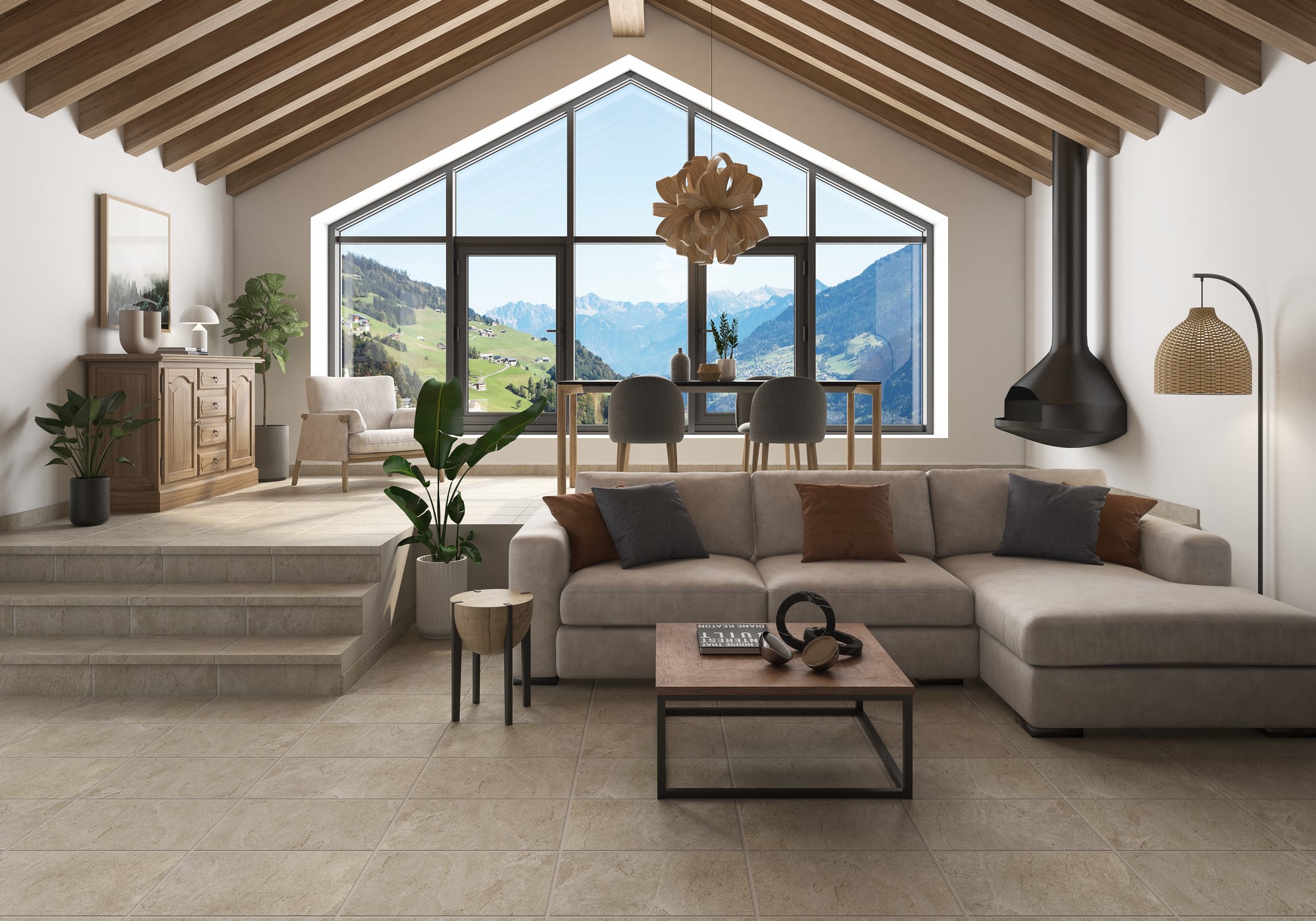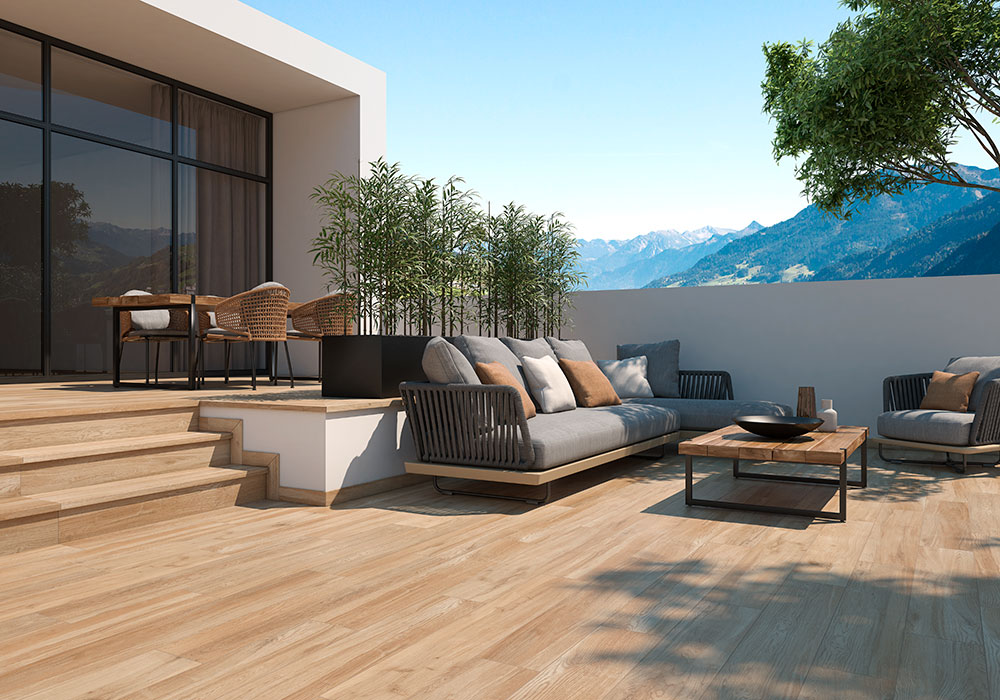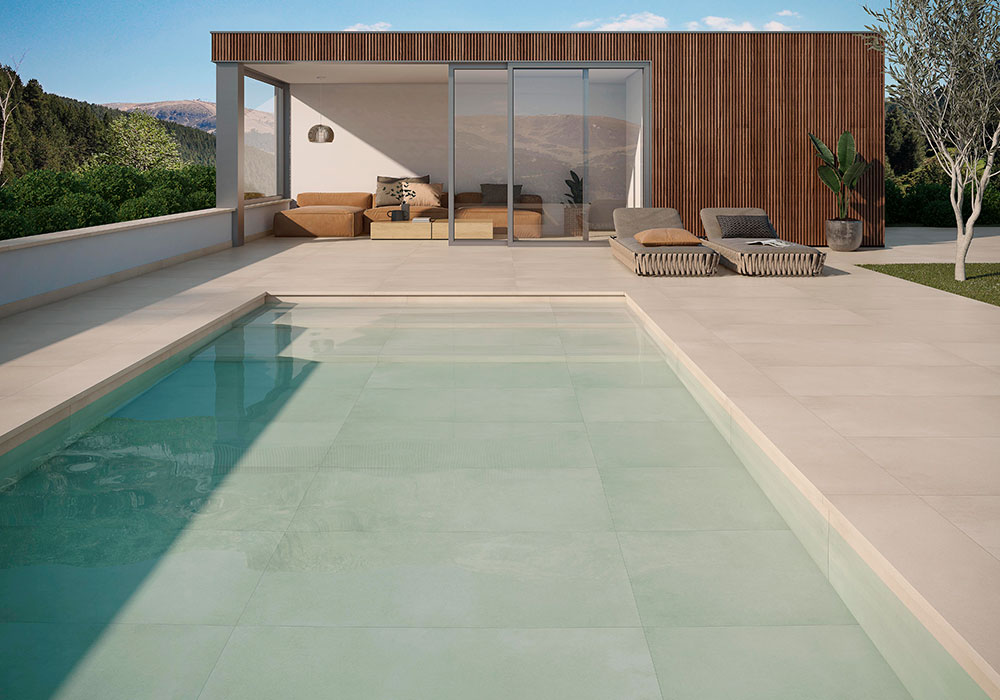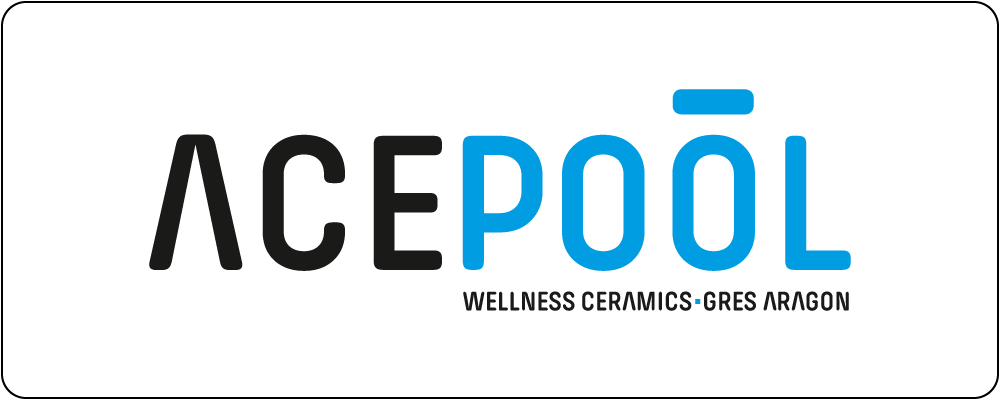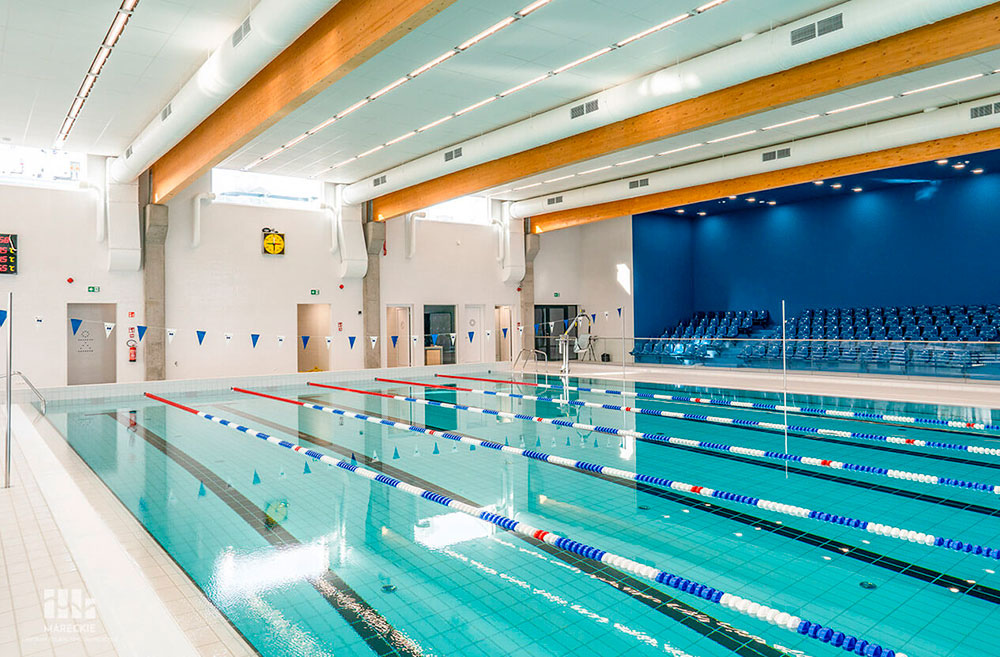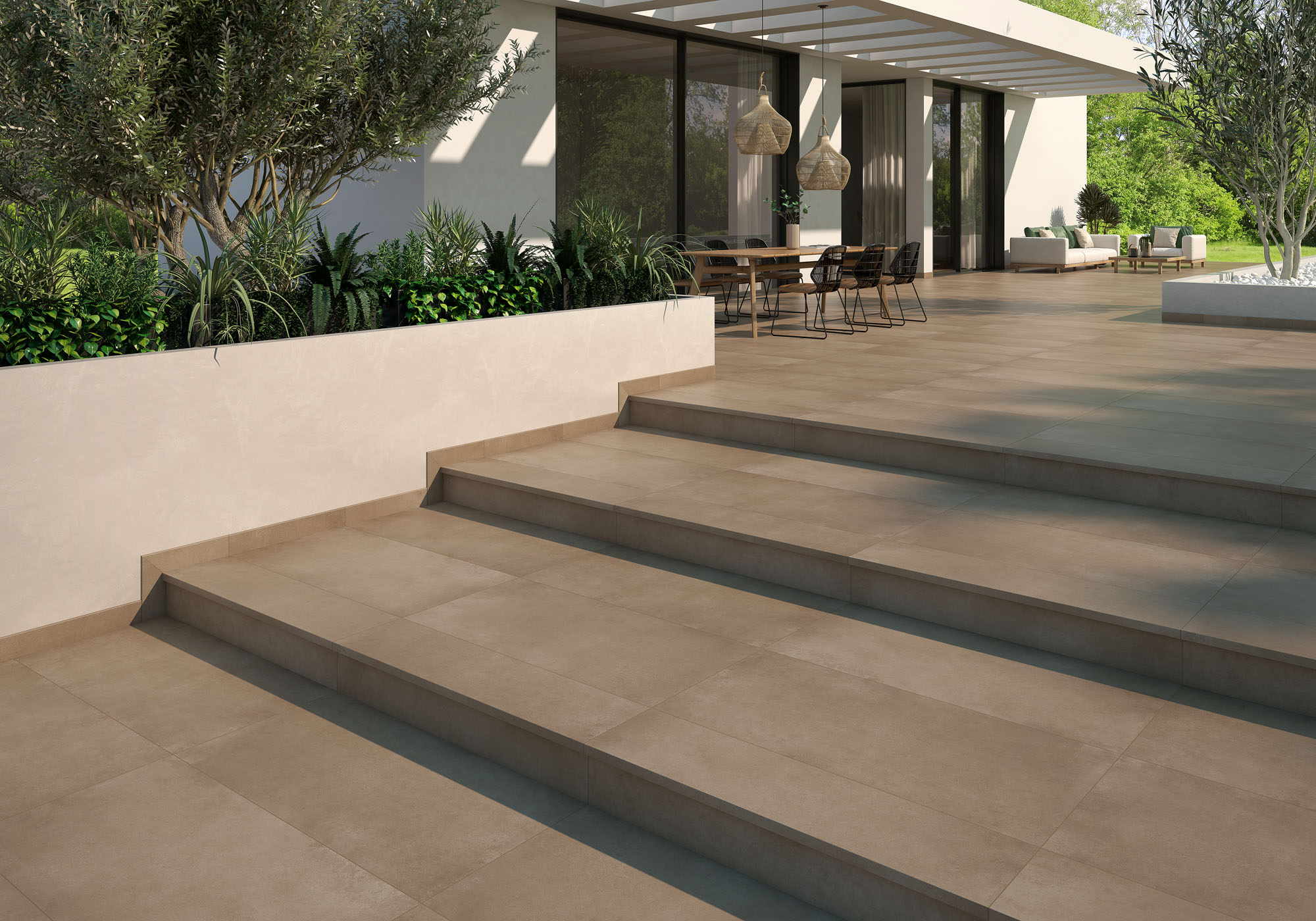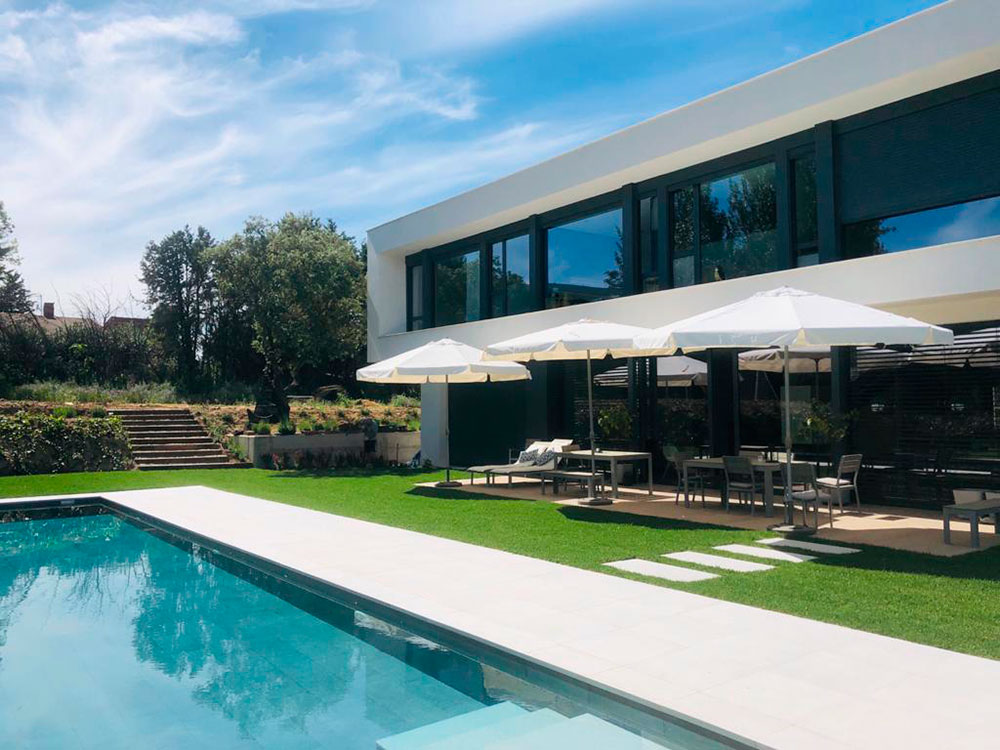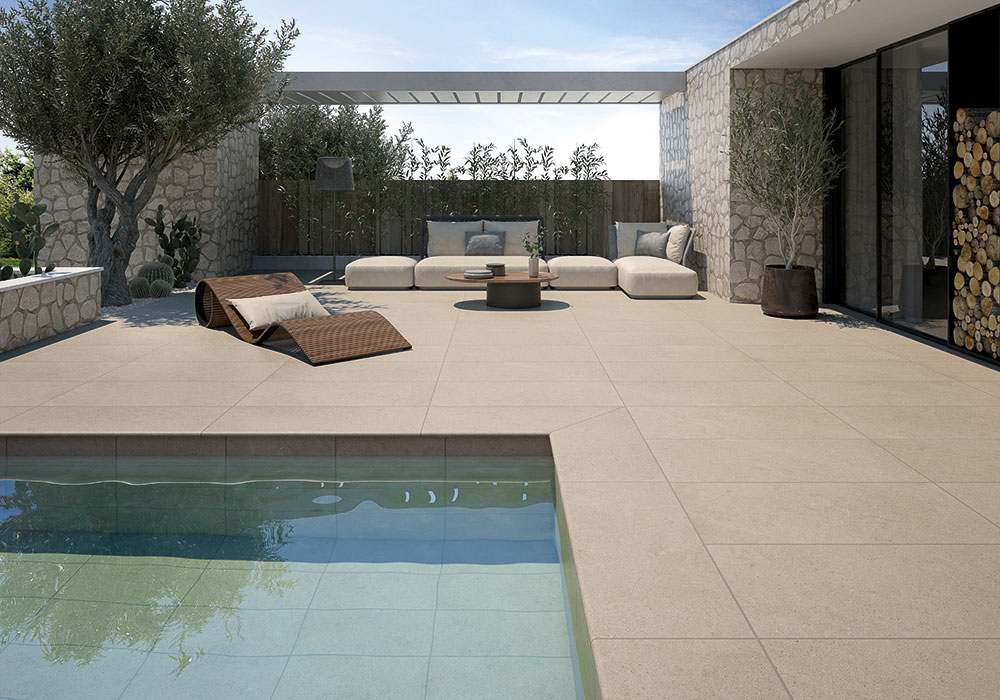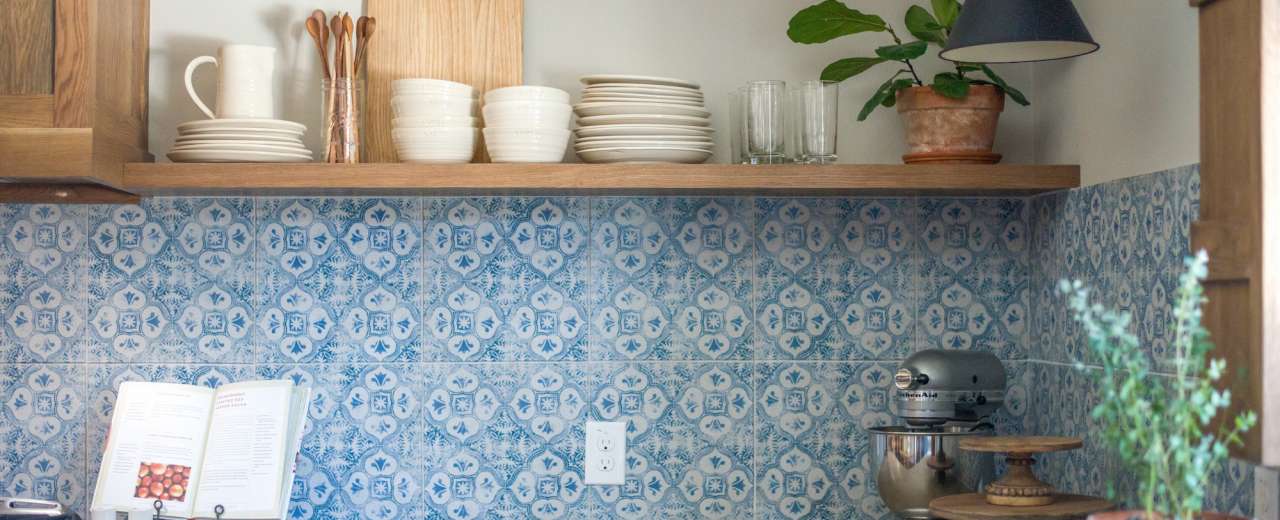ASEPSIS IN ARCHITECTURE, BIOCIDE SURFACES AND POST COVID-19 SPACES
The anti-pathogenic attributes of surfaces or materials already captured the attention of some architectural and engineering projects long time ago. However, under the current circumstances caused by a global pandemic that has brought to light the weaknesses of our lifestyle, which affect us at all levels (social, economic, work, family…), there is need for a change that will be decisive when deciding on project design and execution.
But, will this be an isolated parameter or will be it be instead integrated as a group of additional criteria to be evaluated by technical codes and improved sustainability certificates such as LEED, BREEAM or PASSIVHAUS?
Technology has, by now, taken some steps in the past to bring some aseptic and anti-pathogenic features in, among others, ceramic surfaces. In the case of BIOKLINKER®products, by GRES ARAGÓN, these are already certified according to antibacterial and antimicrobial norms: JIS Z-2801:2010 and ISO 22196.
These norms do not test against virus, but, mainly, against bacteria. So, can we affirm that these treatments could be effective enough to generate covid-free surfaces or state that they have biocide or viricidal properties?

On the watch for specific regulations and test methods that will allow us certify those features, there are already some reliable data that help us affirm that there might be some effective applications against virus such as Coronavirus. One of the characteristics of the coronavirus is that its lipid membrane protects it while being outside a living organism, a membrane that is very weak and sensitive against two agents: Surfactants (soaps) and Oxidants (hypoclorite, hydrogen proxide, alcohol…)
All these, through diverse mechanisms, are able, even in low levels, to attack the virus’ lipid membrane. Once this is damaged, the virus is destroyed. One should remember that the virus outside a living organism, as on a surface, is an inert and lifeless particle: it does not grow or propagate or move, so the virus is quite vulnerable under these circumstances. Another highly strong oxidant is silver oxidant, and active substance contained in BIOKLINKER® products by BIOKLINKER® GRES ARAGON. Silver ions activity is continuous and long-lasting, and its effects are clean and harmless for other living beings, which allows inhibit the proliferation of pathogenic agents, what is an effective extra precaution for periodic cleaning with chemical disinfectant. For this reason, we are ready to carry out tests, as soon as they are available, with high level degree of optimism regarding the viral results of the BIOKLINKER® ceramic surface against virus such as covid-19.
Considering that these uses, not only for ceramic surfaces, but also for other surface types, are already applied in sanitary, industrial and food industries, among many others, they will certainly become part of basic criteria for architecture in any type of surface. Therefore, in the race for the ‘sanitization’ of spaces, among other actions, surfaces are going to play a leading role.
It will be no wonder that to some criteria that are assessed today, such as: Efficiency, Sustainability, Carbon footprint, Water footprint, the asepsis parameter will be incorporated, or at least included in different safety regulations.
In the work to create healthy environments and to improve the habitability of cities, buildings and spaces, GRES ARAGON works on the aforementioned parameters while already being on the right track to guarantee aseptic surfaces. Thus, in addition to achieving LEED credits and BREEAM or PASSIVHAUS certificates thanks to the sustainability, efficiency and circular economy of GRES ARAGÓN and FAVEKER® products, asepsis properties will also make the difference in future projects.
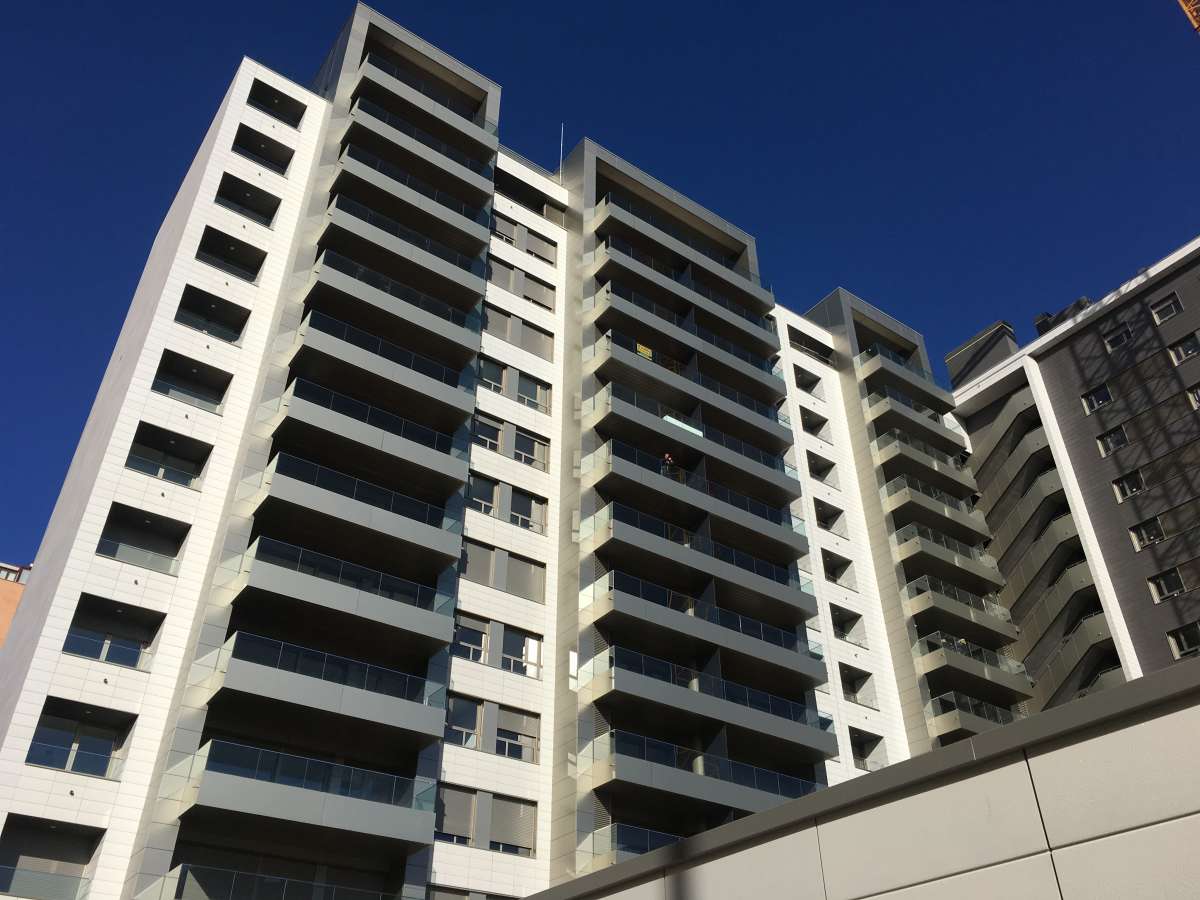
A new spectre of “sanitization” of spaces, buildings and cities has set up, broadening the term ‘refurbishment’. Once again, difficult times will bring us the opportunity to improve and get better, to strengthen ourselves. And, of course, GRES ARAGÓN will reinforce its entrepreneurship to adapt to new scenarios..
José Manuel Grao Blasco
Gres Aragón Contract and Innovation Manager

